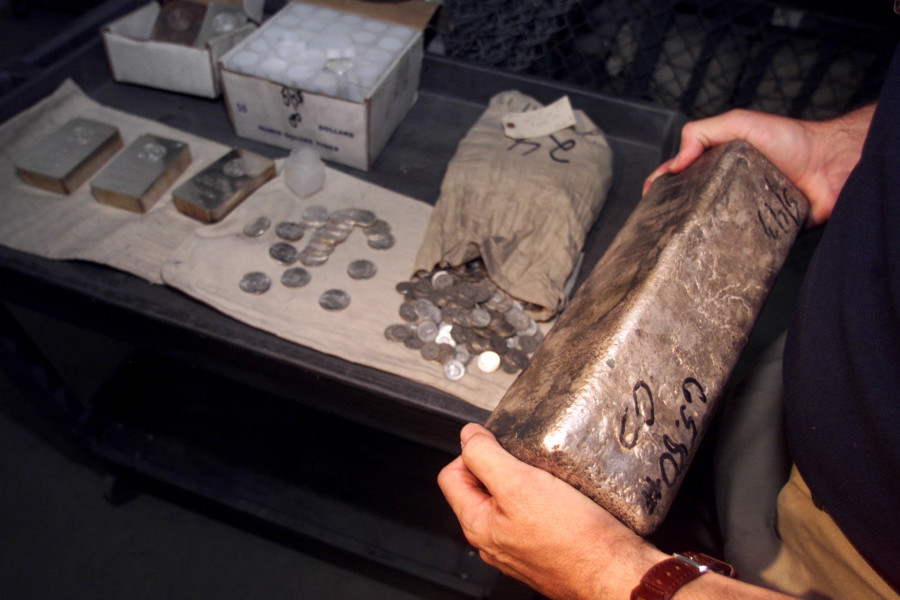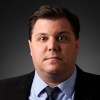Mystery still surrounds Ted Binion’s 1998 death in Las Vegas
When Ted Binion died under suspicious circumstances 20 years ago, his passing marked the end of an era in the Las Vegas gaming industry.
His death also set in motion the high-profile criminal proceedings that would come to be known as the community’s “trial of the century.”
“This was a big, big case in Clark County history and throughout the United States,” former District Attorney David Roger said recently. “People were riveted because you had drugs, sex, betrayal, buried treasure, old Las Vegas history. It was a fascinating case.”
Binion’s body was found faceup on the floor of the den in his 6,700-square-foot home on Palomino Lane. His stripper girlfriend and her lover would later be convicted, then acquitted, of his murder.
The colorful gaming figure lived a fast life full of political connections, promiscuity with dancers, ties to the mob and an addiction to hard drugs. He dealt in bricks of cold cash and stored buried treasure.
Yet he also was known as a history buff and a mathematical genius who could calculate odds off the top of his head for the Binion’s Horseshoe casino he managed, eyeing cheats and suckers on the spot. He was defined as much by his brilliance and habits as his fate.
“It was like the end of an era,” said Richard Wright, Binion’s lawyer and family friend.

Binion’s death at 55 initially was ruled a drug overdose from heroin and Xanax. His gaming license had been revoked because of ties to the underworld. He was a heavy narcotics user, known to “chase the dragon” by inhaling black tar heroin, often escaping from the public eye for days at a time.
Wright recalled how Binion once shaved all the hair from his body to avoid drug testing from the Nevada Gaming Commission.
Ultimately, the events surrounding his demise developed into a mystery only fit for the neon skyline of Sin City. Local and national journalists covered Binion more closely in death than in life. At least a half dozen books would be written, along with movies and television shows based on the widely published accounts of Sept. 17, 1998.
Evidence of murder
Binion’s body had clues, according to one medical expert, that showed he had been murdered: red pinpoint marks caused by blood leaking from capillaries around his eyes, a dark red half circle on his chest, an abrasion around his mouth, bruises on his wrists.
Those are not signs of a drug overdose, Dr. Michael Baden said at the time. Plus, he opined, for someone who used drugs the way Binion did, the heroin in his system should not have been fatal.
Binion had been suffocated and died of asphyxia, Baden believed. The killer or killers attempted a form of suffocation known as “burking.”
“I testified to it, and I stand by it,” Baden said in a phone interview earlier this month. “The problem with burking is that one of the reasons it’s an attractive way to kill somebody is that it doesn’t leave too many marks on the body.”
Roger, who prosecuted the case in 2000, said a mountain of circumstantial evidence pointed to Binion’s stripper girlfriend, Sandy Murphy, and her lover, Rick Tabish, as the culprits.

“This was a difficult case to investigate and prosecute simply because it was not your typical murder case,” Roger told the Las Vegas Review-Journal in a recent interview. “Here we had to prove that Ted Binion did not commit suicide, it wasn’t an accidental overdose. We had to prove that someone caused his death, and from there, who did it.”
Baden revealed his theory during a preliminary hearing, when then-Las Vegas Justice of the Peace Jennifer Togliatti decided that prosecutors had enough evidence to take the case to a jury.
“He started talking about these markings on Ted Binion’s body,” Roger said.
Roger remembered turning to his fellow prosecutor on the case, David Wall: “I said, ‘David, I think he’s got it.’ That was the big, big change in the case.”
Defense attorney Bill Terry, who initially represented Murphy and later Tabish as their case worked its way through the legal system, recalled that Baden’s initial report did not mention burking, which Terry called the “most convenient” theory.
“We all looked at each other: ‘Huh?’”
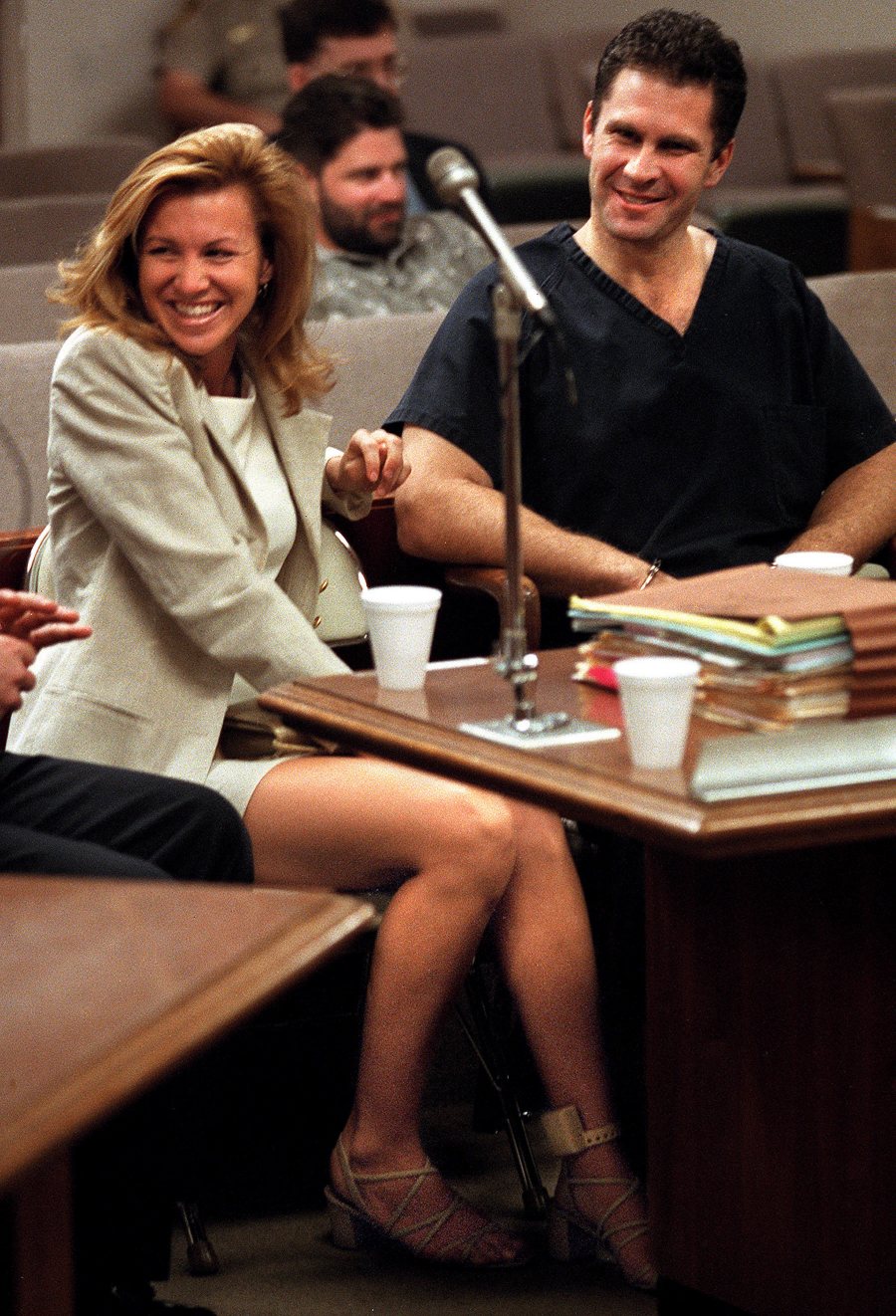
Packed courtroom
That key piece of testimony led to the first jury trial for Murphy and Tabish, which lasted several weeks. The testimony included evidence about the strained relationship between Binion and Murphy, whom he met at Cheetah’s while she was dancing; how he told a lawyer to cut her out of his will; and of the day after his death, when Tabish rushed to a buried vault in Pahrump where Binion had stored $6 million worth of silver.
The courtroom was packed day in and day out, with constant media coverage and national television news magazines fixated on the characters and the setting.
District Judge Joseph Bonaventure, who oversaw the trial and is now retired, said in a rare interview about the case that he recognized its significance from the start.
“I’m not going to let this worry me,” he remembered thinking at the time. “I’m going to set down rules and consider this like any other trial. And I think it worked pretty good. I didn’t do anything different, other than: Let’s keep it going.”
His efficiency led to a jury being selected in under four days, even with all the media scrutiny.
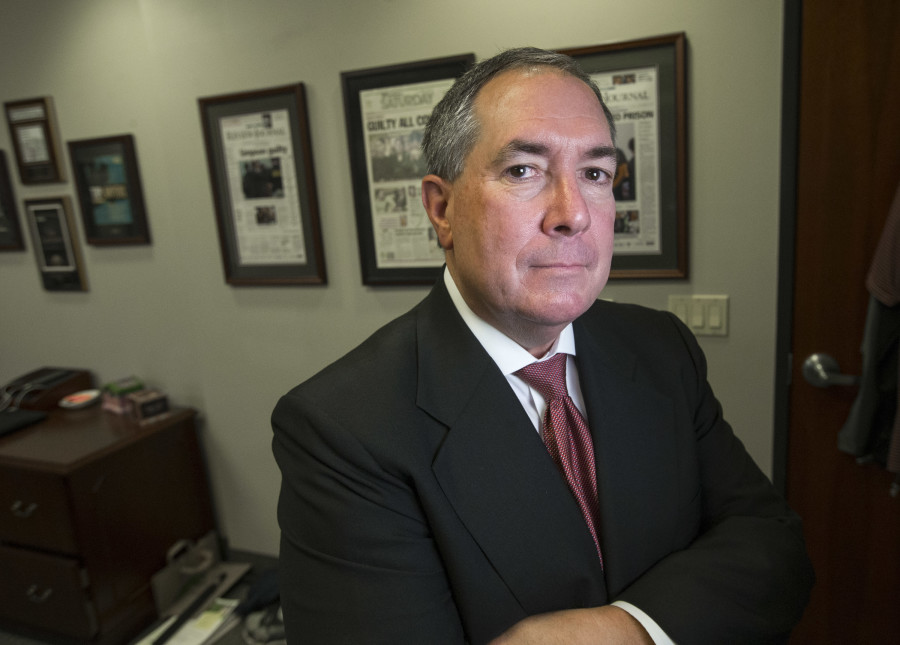
The case attracted so much daily attention, Terry recalled, that he would often be recognized while shopping.
“I don’t think there’ll ever be another one of those,” he said.
In his rebuttal closing argument, Wall attacked the defense theory of a case built on the Binion money machine.
“It was ironic because the Binion money is what they were after from the beginning,” Wall told the Review-Journal. “It’s why she was with him. It was why Rick befriended him, and it was the motive for all of it.”
Jurors deliberated for eight days — a record at the time — before handing down guilty verdicts for the pair on murder and other charges. They were sentenced to decades behind bars.
“The key was having a jury panel that took it as seriously as they did,” Wall said. “I think they walked through everything, looked at every piece of evidence with a microscope.”
But there were flaws in the trial, and the Nevada Supreme Court decided that a new jury should decide the case, with some evidence restricted.
New trial, different outcome
Tabish hired Tony Serra, a defense attorney from San Francisco with long white hair and a raspy voice who successfully defended a Black Panther leader on a murder charge and had represented Hells Angels.
A new pair of prosecutors — Christopher Lalli and Robert Daskas — took over the second trial, while Serra — a radical, ex-hippie lawyer — focused on Binion’s lifestyle, establishing doubt over the cause of his death.
What won the case was that there was a viable alternative theory of death and the burking was speculative and contradicted by the facts. And I’m still of lasting opinion, sadly, that Binion died from heroin overdose.
Tony Serra, defense attorney for Rick Tabish in second trial
Serra, who considered it one of the top 10 trials of his career, pointed out that the batch of Mexican brown heroin Binion purchased the night before his death could vary wildly in its potency. The lawyer also questioned the marks on Binion’s body and attacked Baden on the stand.
“What won the case was that there was a viable alternative theory of death and the burking was speculative and contradicted by the facts,” Serra said in a phone interview. “And I’m still of lasting opinion, sadly, that Binion died from heroin overdose.”
Despite being acquitted of murder, Tabish and Murphy were convicted at the second trial of conspiring to commit burglary and/or larceny, as well as burglary and grand larceny.
They since have been released from prison.
Murphy is part owner, with her husband, of an art gallery in Laguna Beach, California.
A man who answered a reporter’s phone call to the gallery last month responded: “Why don’t you guys get over the story? Talk about Donald Trump. Talk about something else. It’s old news, buddy.” And then he hung up.
Tabish lives in Missoula, Montana. When reached by phone, he agreed to an interview but later did not return messages.
Attorney Tom Pitaro defended Murphy with John Momot, who since has died. Pitaro said public perception of Murphy’s demeanor and persona played a factor in the first trial. She painted her electronic monitoring ankle bracelet to match the dress she wore to court and appeared detached from the severity of the allegations against her.
“In the second trial, all of the sudden it was a different sort of attitude,” Pitaro said. “I think the decision was correct in the second trial. I always got the feeling the community thought she was guilty, and I didn’t get that feeling the second trial. They weren’t going to get good-conduct medals for their behavior, but I don’t think they were murderers.”
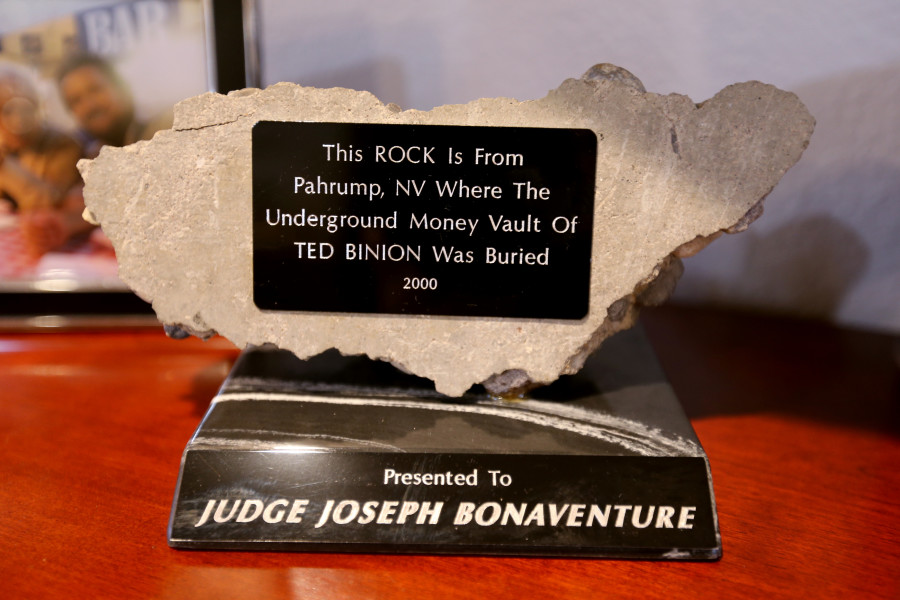
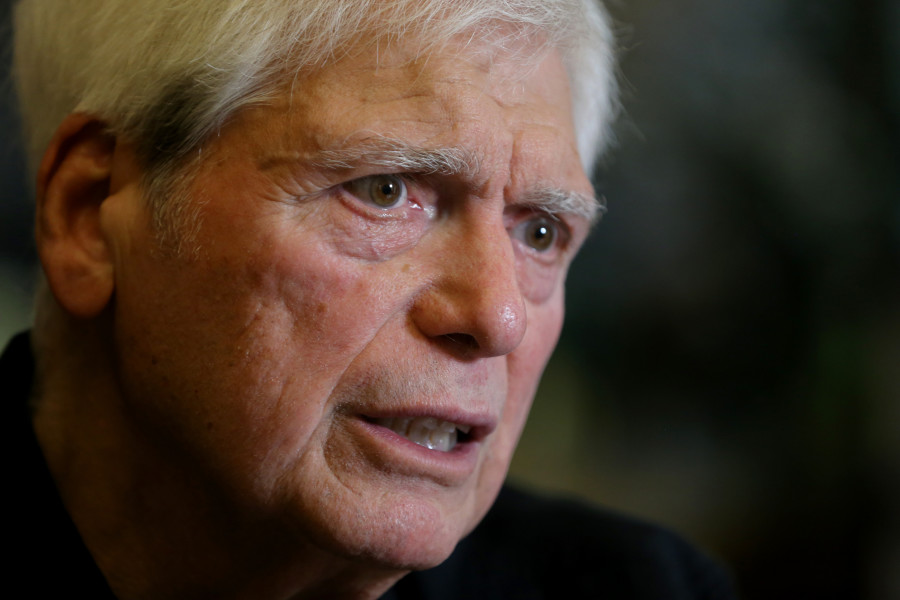
Bonaventure, who now sits on the bench part time, has a chunk of Binion’s vault on a shelf in the living room of his home, near a picture of him with his court staff at the time of the Binion case. Asked about the evidence that he allowed in the first trial, overturned on a technicality, the judge said:
“I knew it was a circumstantial case. That’s what our judicial system’s all about. I just abide by what the Supreme Court says. … I’ve been reversed before that, I’ve been reversed after that, and I’m sure I’ll be reversed again. I don’t really have regrets about it. I just look at it and say, ‘Well, OK. The system’s working. Let’s do it again.’ We did it again. It was a different outcome.”
Contact David Ferrara at dferrara@reviewjournal.com or 702-380-1039. Follow @randompoker on Twitter.



